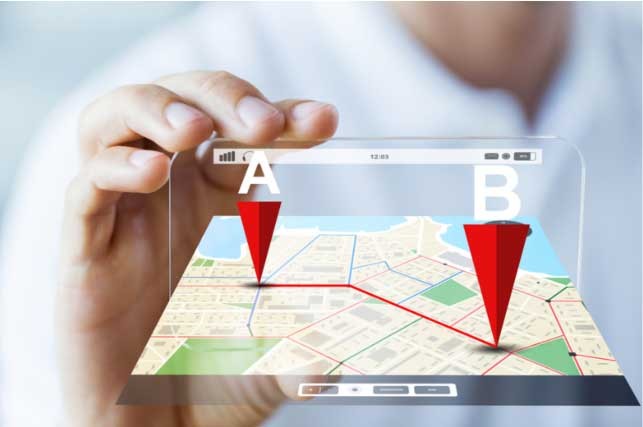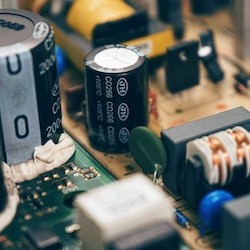The current navigation standard, the GPS system, is impressively accurate and allows individual and vehicular navigation worldwide. However it does have flaws that can prove problematic in many circumstances.
Nothing is perfect
Firstly, the technology doesn’t really work well indoors.
Next, in some places like mountainous areas, forests, dense city areas or wherever a clear view to the sky view is blocked the system underperforms because a GPS device has to connect with three GPS satellites at the same time in order to triangulate locations accurately.
And satellites themselves are prone to malfunction in case of a massive solar flare, which are more common than you think and if one occurred tomorrow we would be left without our main way of navigation.
The thing is, GPS alternatives are also based on satellites orbiting the Earth, meaning those systems also suffer from same flaws as the GPS. But a recent discovery could pave the way for a completely different navigation tech that could be used in the future.
We are talking about a quantum accelerometer, a new type of device that could end our reliance on satellites for navigation.
Quantum accelerometer: a new device of the future
The device is developed by a team from Imperial College London and M Squared.
It had a public demonstration on this year’s National Quantum Technologies Showcase that took place in London on November 9th.
The most important feature of the quantum accelerometer is its capability to provide extremely accurate location info without using any data from GPS satellites. It does that by utilizing powerful lasers that cool atoms to near absolute zero, turning them into a quantum state where they behave in a dual way – as both particles and waves.
Accelerometers are all around us; they can be found inside literally every smartphone, inside most laptops, inside PS4 and Nintendo Switch controllers as well as controllers used with VR kits, and their main purpose is to calculate changes in the velocity of an object.
And the velocity change data, combined with other types of data, can be used for a plethora of purposes navigation being one of them. But the problem with accelerometers being used for navigation is the fact that the current level of tech doesn’t provide data that’s accurate enough, meaning that accelerometers alone cannot be used for navigation. They have to be coupled with occasional access to GPS satellites in order to provide continuous location data. But that changes with the quantum accelerometer.
Quantum accelerometer vs. classic accelerometer
The quantum accelerometer has immensely greater precision compared to classic accelerometers because it measures movements of single atoms with the help of a laser beam that plays the role of an “optical ruler.”
By measuring the movement of single atoms, the quantum accelerometer is capable of providing extremely accurate navigation without the need for occasional help from GPS satellites. The current iteration of the quantum accelerometer can already be used for navigation, but since its large size, it can only be used for navigation of large vehicles such as ships and trains.
Where to use the quantum accelerometer
But, in the future, when the technology develops and when the size of a quantum accelerometer gets smaller, we could see these devices used in smaller vehicles such as cars and trucks and who knows, maybe someday we end up using quantum accelerometers in our smartphones.
But for now, only ships and trains are large enough to use navigation that isn’t based on GPS. And the good thing is that the principle quantum accelerometer is based on can also be used for other scientific purposes such as out never-ending search for dark energy, or for developing new ways to detect gravitational waves.
Conclusion
In any case, the device is quite exciting and it has a tremendous potential for commercial use.
Ed Hinds, professor from the Centre for Cold Matter and Imperial College and one of the members of the team said, “I think it’s tremendously exciting that this quantum technology is now moving out of the basic science lab and being applied to problems in the wider world, all from the fantastic sensitivity and reliability that you can only get from these quantum systems.”





Share this article